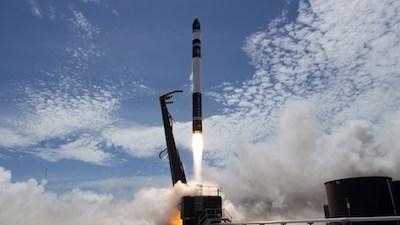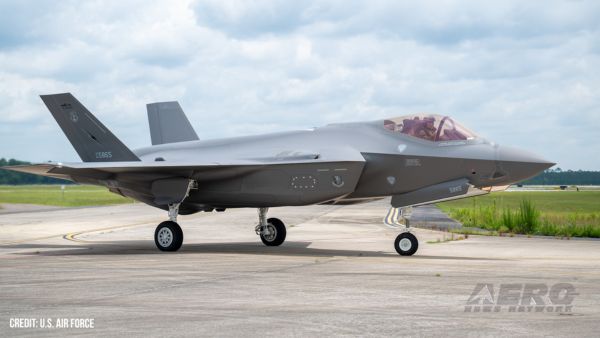On-Demand Launch Services And Global Ground Station Service Expansion Drive Multiple Growth Opportunities
Recent analysis from Frost & Sullivan, the "Small-satellite Launch Services Market Quarterly Update Q2 2018", reveals that the market is abuzz with major service providers such as PSLV, CASC, Rocket Lab, JAXA, SpaceX, Roscosmos, and others launching a total of 62 small-satellites in the first quarter of 2018. Frost & Sullivan now expects launch demand to increase to 11,740 small-satellites by 2030 with revenues reaching $70.10 billion. Commercial players will offer and enable real-time imagery, digital transformation, and seamless global connectivity.

"Small-satellites are the focus of changing space industry dynamics with current rideshare capacity insufficient to meet future small-satellite launch demand," said Vivek Suresh Prasad, Space Industry Principal, Aerospace & Defence. "Existing players such as Airbus, Eutelsat and Thales Alenia are investing in small-satellite businesses to develop their systems and infrastructure and harness lucrative, future, low-cost small-satellite services."
New space technologies, investment from private and government sectors, and the promise of low-cost solutions are driving advancements in the small-satellite value chain. Overall, significant opportunities will be created by high-volume subsystem demand, on-demand launch services for small-satellites, capacity expansion of global ground station services, and simplified standard platforms for downstream services.
The following trends that are creating growth opportunities in the market have been tracked and identified:
- The total projected launch capacity supply, including the success of multiple dedicated planned launch services, is 11,647 small-satellites.
- A total payload mass of 1,447 potential tonnes of small-satellites to be launched from 2018-2030.
- In the high scenario (with all operators' launch plans being successful), 6,609 satellites with mass <15 kg and 5,919 satellites with mass >150 kg will be launched over 2018–2030.
- 97.8% of the total small-satellite launch revenues over the 2018–2030 period will be generated by commercial operators, with SpaceX and Oneweb being the major contributors.
- SpaceX will account for the most satellites in the 150–500 kg mass segment with its planned constellation size of >4,000 satellites.
- New partnerships such as Spaceflight and Thales Alenia.
- Favourable regulations, including SpaceX receiving FCC approval and passing of UK Space Industry Bill.

"Q1 2018 witnessed multiple small-satellite operators launching their experimental satellites, marking their advancements towards the planned low earth orbit-based constellations. The increased downstream demand for geospatial and communication services and developments in the new space systems are driving these activities," noted Prasad. "Formerly critical incumbent players are now embracing the small-satellite business model by offering low-latency and low-cost Internet of Things services to the downstream users. The downstream users will benefit not only from the evolving competitive market dynamics but also from the complementary services that best suit their businesses."
The report studies the demand for small-satellite launch based on operators' maturity, mass classes, and user segments. It forecasts the number of small-satellites, payload mass, and launch revenue based on defined scenarios.
Small-satellite Launch Services Market, Quarterly Update Q2 2018, Forecast to 2030 is part of Frost & Sullivan's global Aerospace, Defense & Security Growth Partnership Services program.
(Source: Frost & Sullivan news release. Images from file)
 Aero-News: Quote of the Day (08.28.25)
Aero-News: Quote of the Day (08.28.25) ANN's Daily Aero-Linx (08.28.25)
ANN's Daily Aero-Linx (08.28.25) Classic Klyde Morris (08.25.25)
Classic Klyde Morris (08.25.25) Airborne 08.25.25: Zenith Homecoming, VP Racing, Affordable Flying Expo 2025
Airborne 08.25.25: Zenith Homecoming, VP Racing, Affordable Flying Expo 2025 Airborne 08.22.25: ARC Spinoff, Nat'l Championship Air Races, Hawkins Accident
Airborne 08.22.25: ARC Spinoff, Nat'l Championship Air Races, Hawkins Accident




